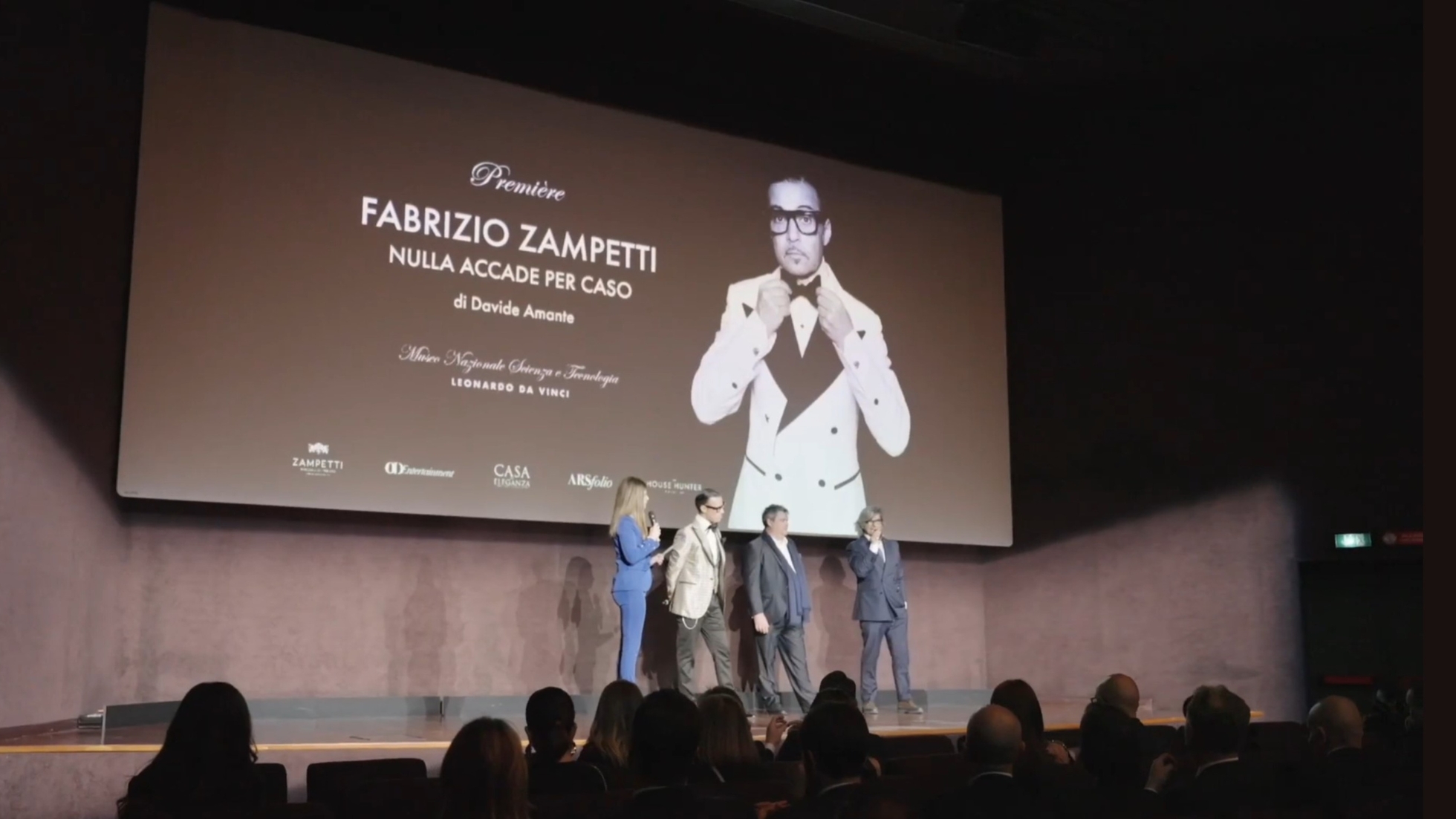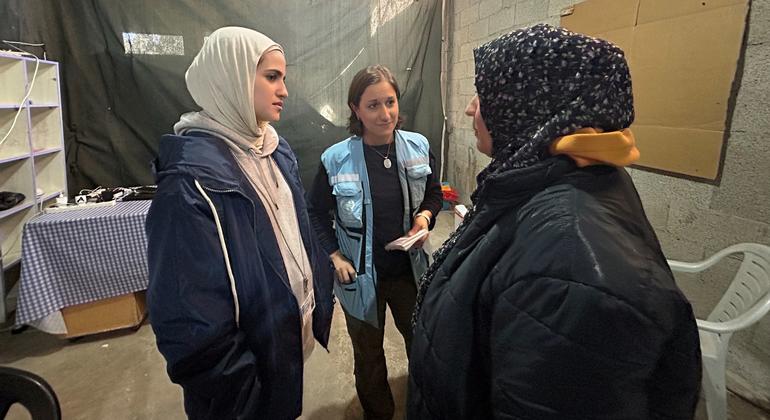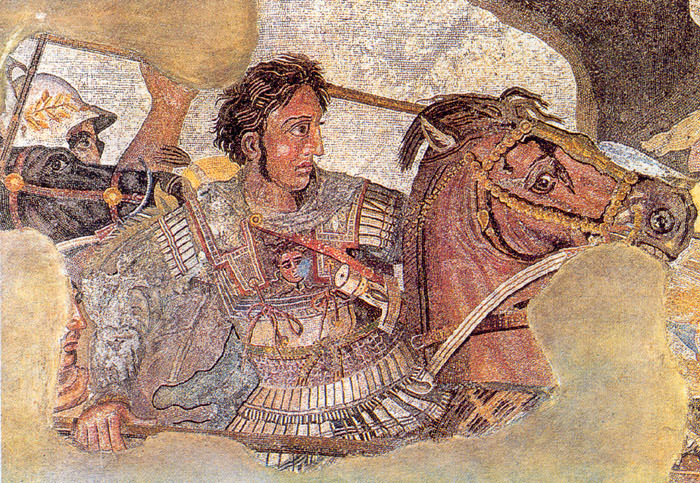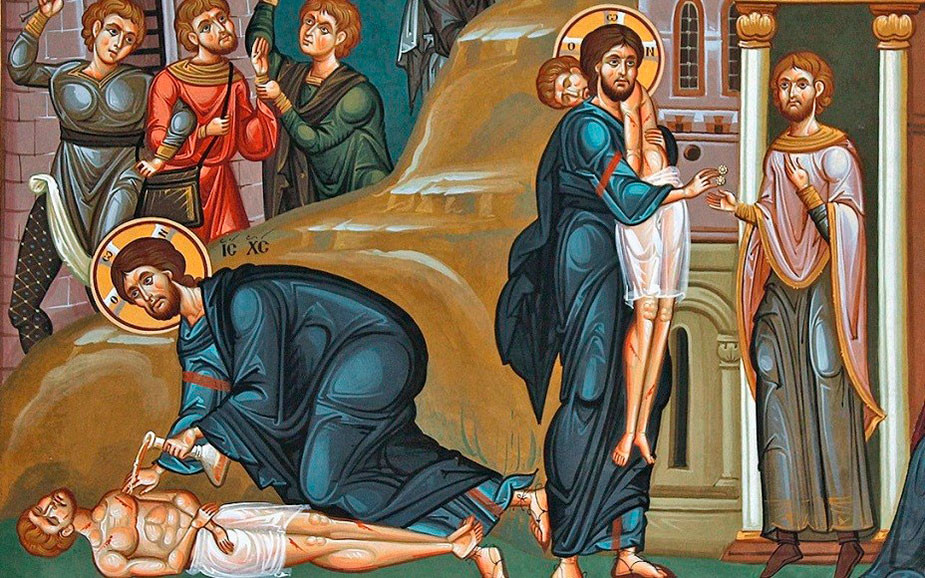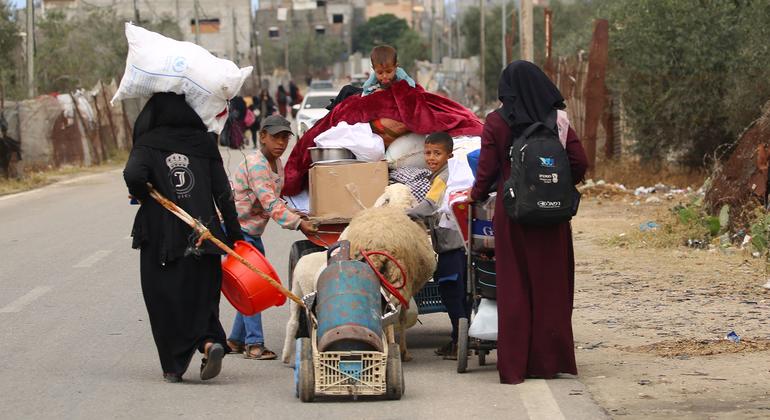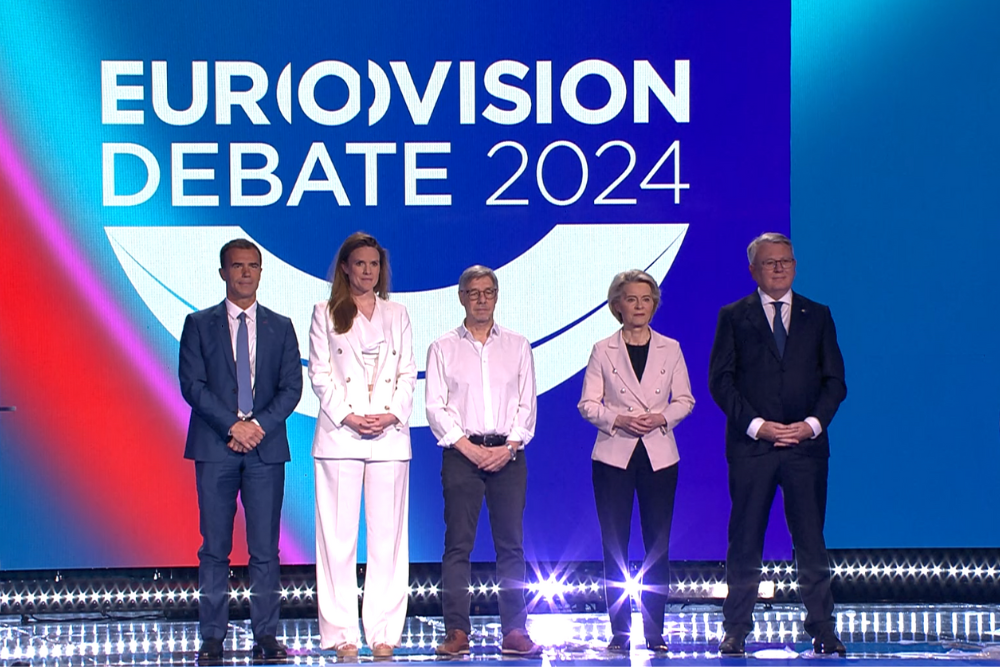On the evening of Tuesday May 14th, the National Museum of Science and Technology Leonardo da Vinci in Milan hosted a premiere event for “Nulla Accade per Caso” (Nothing happens by chance) a captivating docufilm that explores the remarkable life and professional rise of Fabrizio Zampetti, a respected figure in the real estate industry. The premier was star-studded with guests and prominent industry figures underscoring a pivotal moment in showcasing an individual’s extraordinary journey.
A Moment of Contemplation and Revelation
“In a man’s life, there are defining moments that shape his trajectory; this stands as one moment for me.” These words from Fabrizio Zampetti capture the essence of his odyssey—a path characterized by unwavering determination, enduring patience and steadfast faith in his vision. Looking back on his past, Fabrizio Zampetti recognizes that the life he now leads was once a future. Yet through persistence and unwavering commitment, he has forged a career understanding that his current accomplishments represent mere milestones on his ongoing pursuit toward even loftier aspirations.
The Birth of the Documentary on Fabrizio Zampetti
“Nulla Accade, per Caso” is a documentary born from the vision of esteemed filmmaker and writer Davide Amante.
Enthralled by Fabrizio Zampetti’s professional qualities, Amante was eager to delve into and recount the life of a man embodying the essence of a modern-day warrior—confronting life’s obstacles head on and emerging triumphant through bravery, dedication and perseverance.
“The moment I first encountered Fabrizio I sensed in his gaze a drive for achievement that’s characteristic of those rare individuals who turn their aspirations into reality” reminisces Amante. “Fabrizio struck me as a warrior who earned his independence gradually through persistent effort and resilience in life’s arena. I’ve always held admiration for those who attain success through determination. Fabrizio epitomizes this trait. Additionally, his charm is striking—it’s not every day you come across a fighter. That’s why I felt drawn to him. Believed his life warranted exploration.”
A Tale of Resilience and Resolve
The documentary offers an in-depth portrayal of Zampetti’s journey showcasing the resilience and unwavering resolve that have shaped his trajectory. Featuring interviews with prominent figures such, as Federica Formilli Fendi, Francesca Calissoni Bulgari and Alessandro Feroldi, the film captures the essence of Zampetti’s path.
The documentary includes accounts from those closest to him such as his trusted collaborators like Gianluca Piroli and family members offering a personal look at his rise from modest beginnings to prominence in the real estate field.
Narrated by the renowned Roberto Chevalier, a voice actor in Italy, “Nulla Accade per Caso” delves into Zampetti’s personal and professional trials. It highlights his talent for turning challenges into opportunities, demonstrating how his unwavering determination has been key to his achievements.
A Deeper Exploration of Fate and Determination
Beyond Fabrizio Zampetti’s narrative, the film prompts viewers to ponder the broader forces that mold our destinies. It raises questions about the interplay of destiny, determination and chance in both our personal and professional spheres. Through Zampetti’s story, the documentary urges audiences to contemplate their journeys and the influences shaping their paths.
The Venue: A Tribute, to Italian Ingenuity
The selection of the National Museum of Science and Technology Leonardo da Vinci as the premiere location holds significance. This iconic setting pays homage to the brilliance of Leonardo da Vinci, Olivetti and Italy’s rich heritage of artistic innovation.
The museum originally built as a monastery in the 16th century serves as a connection between scientific and artistic cultures making it a perfect venue for the premiere of a film that blends personal aspirations with broader philosophical questions.
Zampetti Immobili di Pregio: A Distinctive Real Estate Company
Fabrizio Zampetti founded Zampetti Immobili di Pregio, a player in the Italian real estate industry known as the first “non agency.” Situated in an early 20th century building at 10 Via Leopardi in one of Milan’s culturally and historically significant neighborhoods, Zampetti Immobili di Pregio offers a unique real estate approach. It goes beyond transactions to provide services that address legal, bureaucratic and mediation aspects of property transactions.
About Davide Amante and Roberto Chevalier
Davide Amante is a writer whose bestselling books have been translated into multiple languages. His works, like Il Dossier Wallenberg and Il Guardiano delle stelle – il viaggio di Anais insieme al vento have garnered praise and numerous accolades. His novel L’Affaire Casati Stampa was honored as the Best Novel of 2021.
Roberto Chevalier, an artist known for his work as an actor, voice actor and dubbing director, has provided his voice talents to top Hollywood personalities like Tom Cruise, Tom Hanks and John Travolta. His impressive portfolio includes directing acclaimed movies such as Moulin Rouge and Little Miss Sunshine, solidifying his position as a figure in the Italian dubbing scene.
The documentary “Nulla Accade per Caso” transcends being merely a portrayal of one man’s achievements, it delves into the themes of human resilience and the powerful forces that shape our paths. As Fabrizio Zampetti’s narrative unfolds on screen, viewers are encouraged to reflect on their journeys and the driving factors propelling them towards their aspirations. The premiere event, at Museo della Scienza promises an evening filled with inspiration honoring not the extraordinary life of an individual but also celebrating the universal human qualities of determination and ambition.



